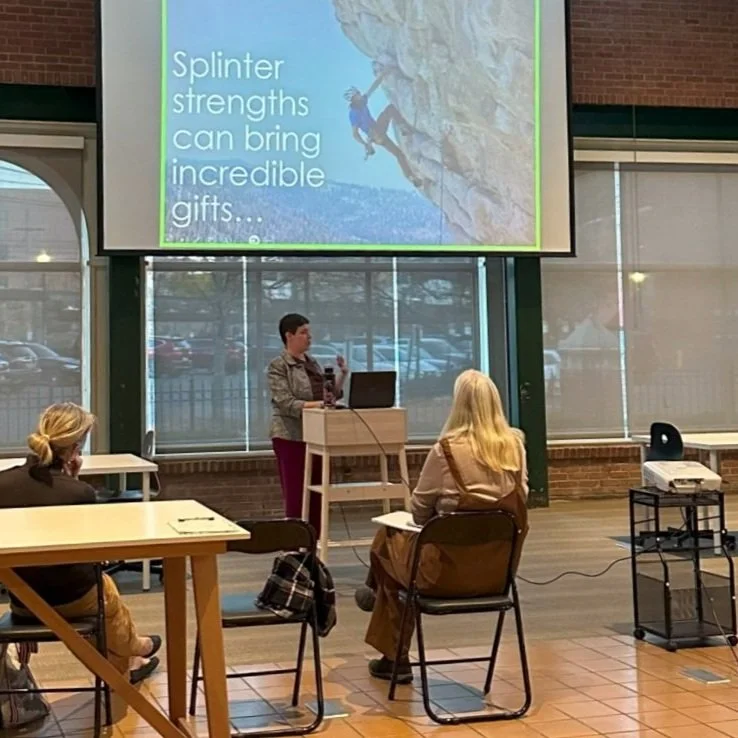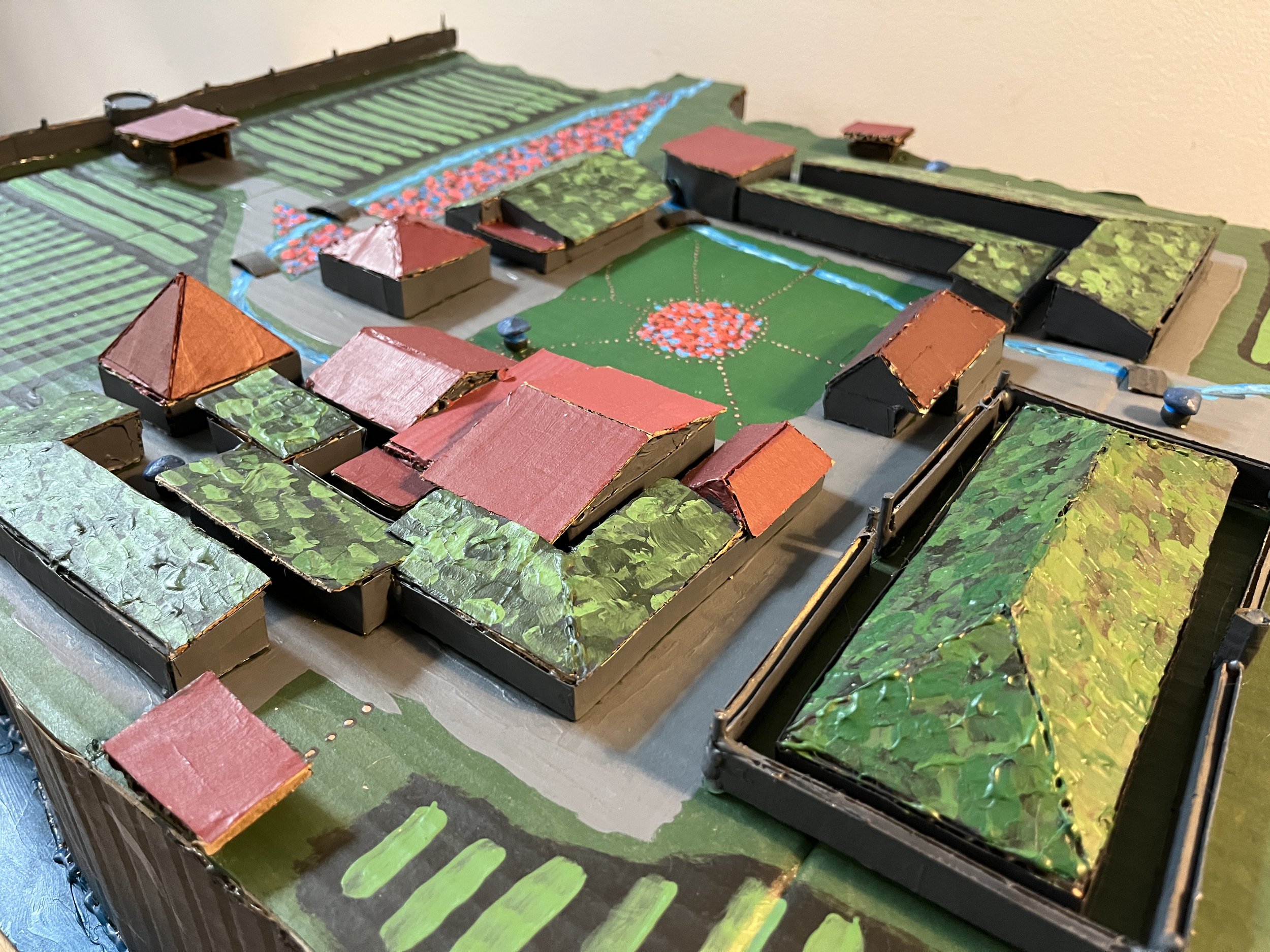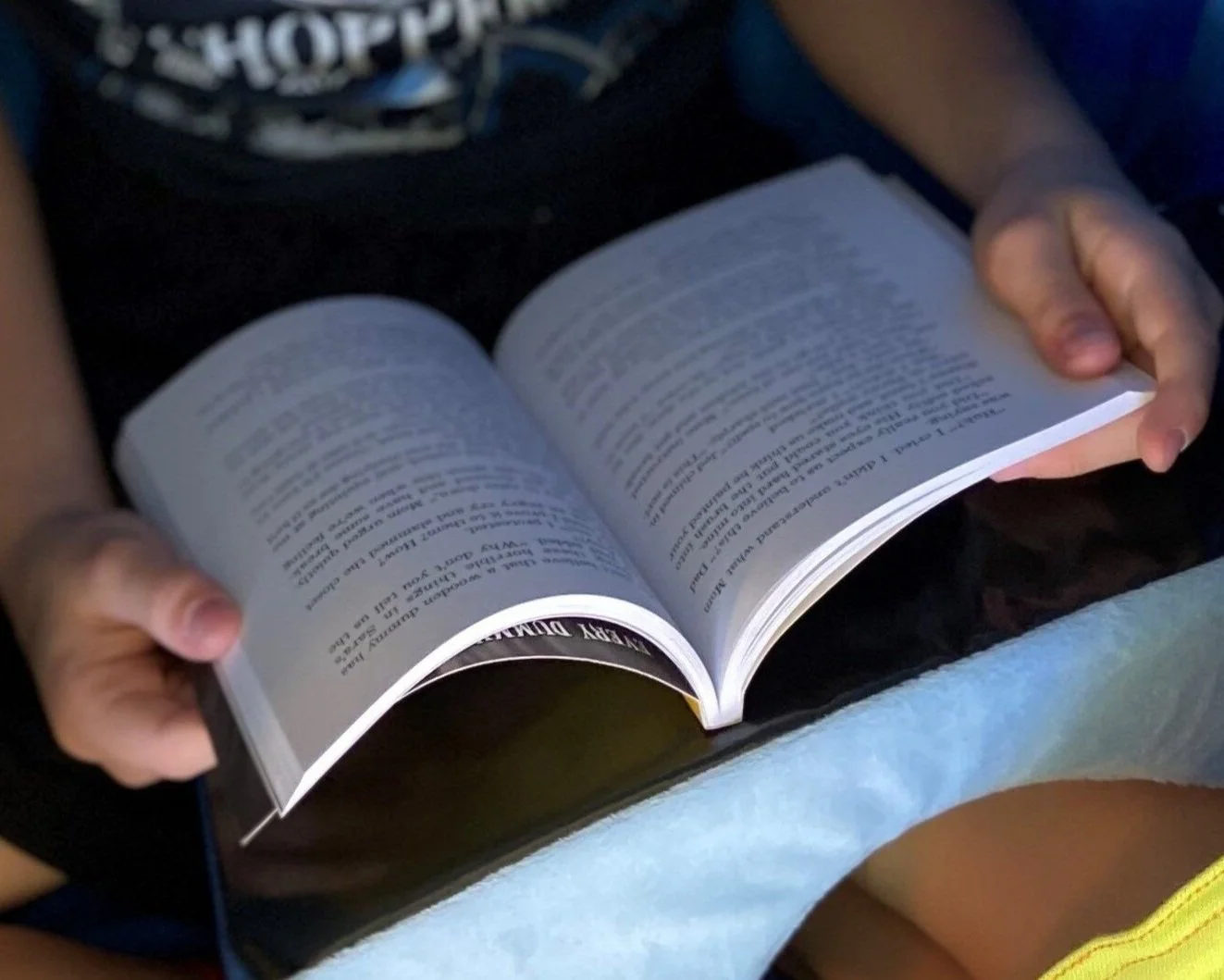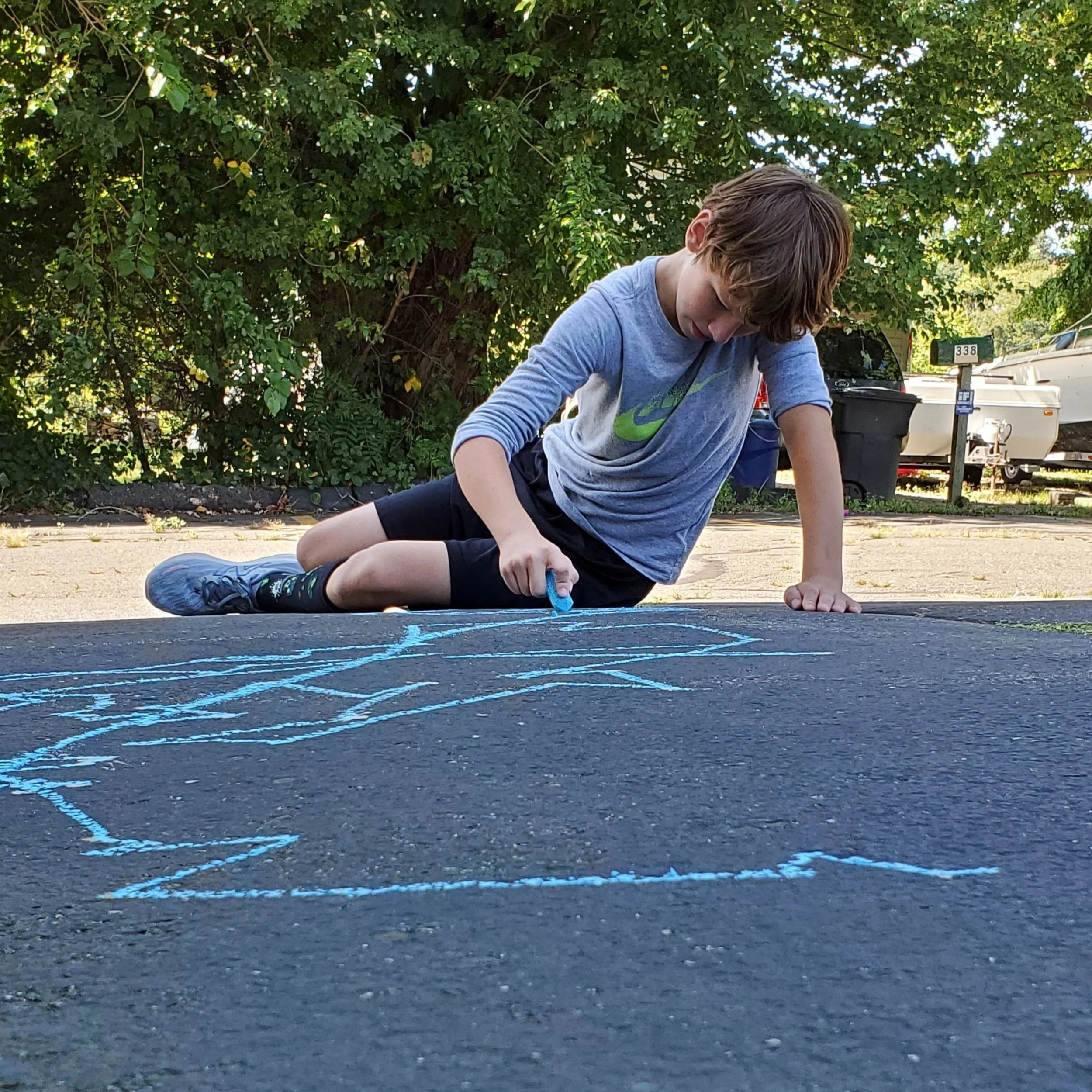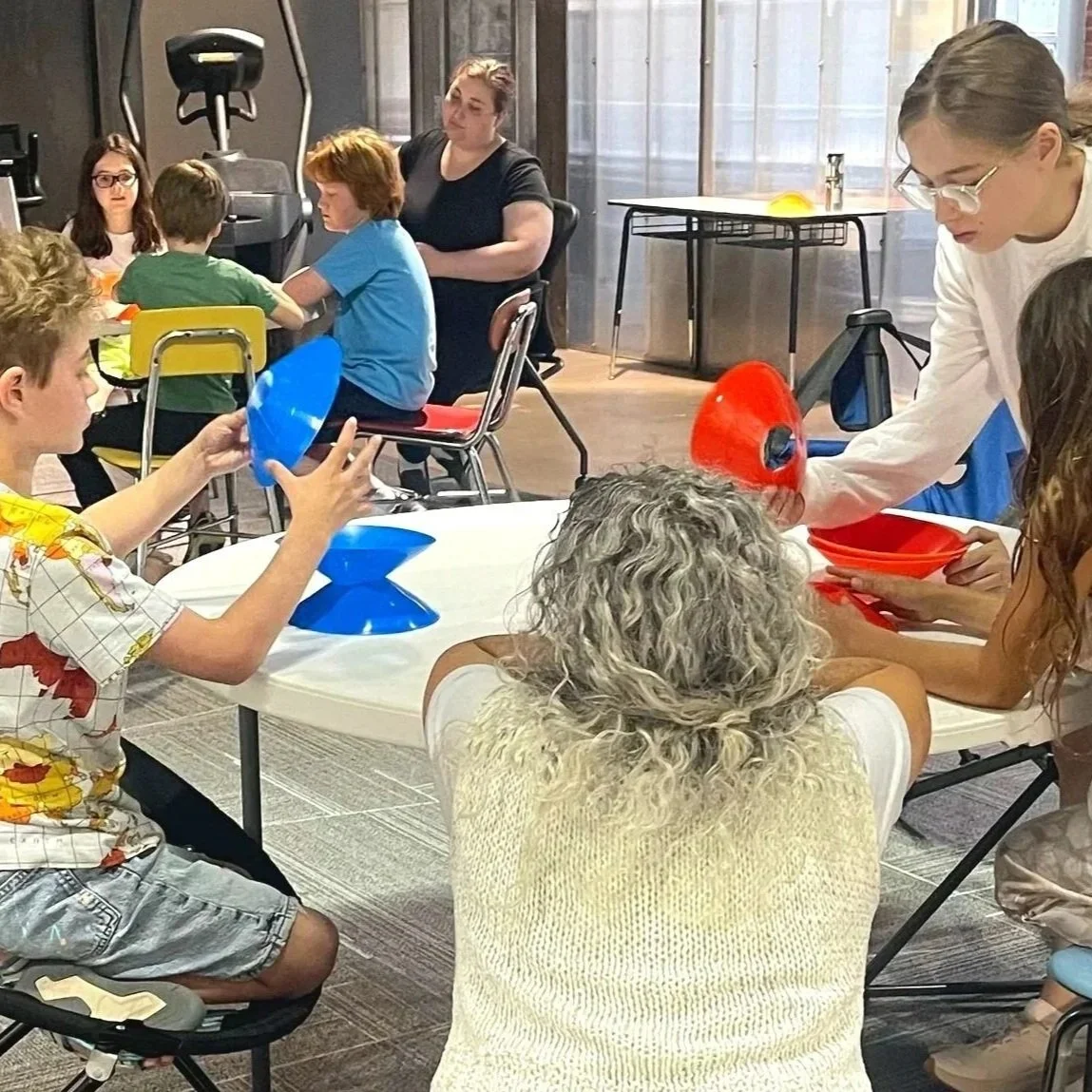We’ve modernized education to match modern neuroscience
We re-engineered education from the ground up to unlock student gifts while preparing them for a future defined by their strengths. The result is a whole new approach to education, based on the neuroscience of how kids learn, socialize and grow.
What started as one mom’s determination to ensure that bright and gifted kids in Connecticut and Westchester County have access to a school with the opportunities and supports they need turned into a whole new model for schools that modernizes education to match current neuroscientific research.
Here are some of the guiding principles that make Cajal Academy’s program unique:
We have redefined the mission and the possibility of special education from accommodating special needs to removing them.
Special education as a field evolved when it was assumed that one's cognitive abilities were largely set by the end of early childhood, making disabilities immutable. Thus, special education in public and private settings alike are designed to accommodate those difficulties. But it turns out that that science was wrong, and today neuroscientists know that the brain is constantly wiring itself through neuroplasticity. We've developed a 1st-of-its-kind, research-backed methodology using that science to rewire how a child performs foundational skills, reducing or even removing disabilities. It's a break-through that could revolutionize all of education.
We understand student learning, social-emotional and behavioral needs through the splinter skills that drive them.
Our unique, Neuro- and Trauma-Informed Approach is a paradigm shift in how we understand children’s needs, and what we can do to propel them forward. Where traditional educational approaches understand student actions through the lens of psychology, we understand them as the combination of psychological, neuropsychological and neurophysiological approaches, bringing a more scientifically-balanced approach.
We don’t just accommodate the challenges that hold a child back, we use neuroplasticity to reduce or even remove them.
We dig into the data within a child’s neuropsychological and neurophysiological profile, identifying those cross-cutting skills that interfere with common academic and social-emotional tasks within our students’ otherwise strong neuropsychological profiles. We build up those skills through a combination of traditional and Cajal-exclusive techniques, executed by expert licensed therapists leveraging well-established scientific principals. Our data-driven approach is infused into the classroom itself, deepening students’ academic growth while delivering strategies for how to self-monitor, self-manage and self-advocate for everything from learning differences to chronic medical conditions within the real world settings where kids need them most.
We help kids learn how to “bring their magic” to topics outside their own interests and comfort zones, through community-wide project-based learning.
We reject the notion that neuro-divergent kids can only be educated through their own interests, because that doesn’t prepare them for the real world—and because our work with bright and gifted kids proves otherwise. Our students work together to solve real world challenges that provide a sense of common purpose while developing social collaboration and executive function skills that can go under-developed with traditional curriculum approaches.
We give kids the social-emotional skills and understandings they need to foster inclusive, neurodiverse communities.
We teach kids the neuroscience of human interactions and how they can use that to understand others’ actions, and their own. Our mixed age community of K-12 kids fosters empathy, connection and growth through mentoring and leadership opportunities, bringing healing to kids who all too often feel socially isolated in other educational environments. We aren’t a “behavior management” program, and we do not follow ABA principles or approaches. Rather, we help kids understand their own reactions and learn to control their responses, giving them agency over their interactions in an increasingly chaotic world.
We teach students how to understand and leverage the connections between the body and the brain to optimize their own outcomes.
Established neuroscience demonstrates that connections between the body and the brain are at the core of how humans learn, socialize and grow, yet traditional educational approaches don’t teach students how to understand or leverage those connections. Our ground-breaking Neuroplasticity Interventions use movement to drive the process of rewiring foundational learning skills, and integrate it into our classrooms to accelerate learning through embodied cognition. We teach our students the science of how these connections work and coach them in personalized, physio-based strategies they can use to self-monitor, self-manage and self-advocate for their needs. Taken together, these techniques translate into a toolbox for independence in mainstream settings, college and beyond!
We develop the super-sized skills innovative thinkers need to support their gifts.
We build the critical thinking, collaboration & executive function skills kids need to become effective thought-leaders, through rigorous, multi-disciplinary project-based learning that requires students to integrate standards-based curriculum from across math, science, social studies and language arts to solve real world problems. We work with kids who have superior analytical reasoning and/or creative thinking skills coupled with a range of special education needs. This unique combination leads to unique perspectives and ways of seeing the world. We give them a toolbox based on lean design principals that they can use to turn their unique ways of seeing the world into the new ideas, products and movements that will move us all forward.
We empower parents with the information you need to understand and support your child’s growth.
Cajal Academy was started by a mom to two complex kiddos, after discovering that traditional educational approaches couldn’t help them achieve their potential. Our team includes expert diagnosticians and therapists in neuropsychology, occupational therapy, physical therapy, speech and language therapy and growth mindset coaching. They are embedded in the building, co-teaching academic classes and collaborating with our classroom instructors every day, bringing state-of-the-field insights into why our kids do what they do — and how best to support their growth across school, home and the community. We bring this knowledge to our parents, along with the new ways of understanding your child that we use to propel their growth.
Results that Speak for Themselves
These several components work together as a comprehensive new educational approach, and they result in transformational student growth that is not seen under traditional general or special education approaches, and that holds the potential to dramatically reduce educational costs for a family or sending school district. Here are some of the stories of student transformations; visit our Results Center to learn more.
“This is a neuroscience-based program, and it has required extensive research in the literature just to understand what studies and in what areas should we seek, because there isn’t one place in the neurosciences that deals with education and that deals with children who have educational needs... I can say from my own experience that the reason I’m here is because the system actually works and I just could not stay away from seeing the rather dramatic improvements that have occurred. ”
Attend an Information Session or Event to Learn More About our Program
Learn More about our Program
Visit our Admissions Center to learn about our application process & start your journey
Learn about our pioneering, Neuroplasticity School model and how it improves student outcomes while reducing special education costs







